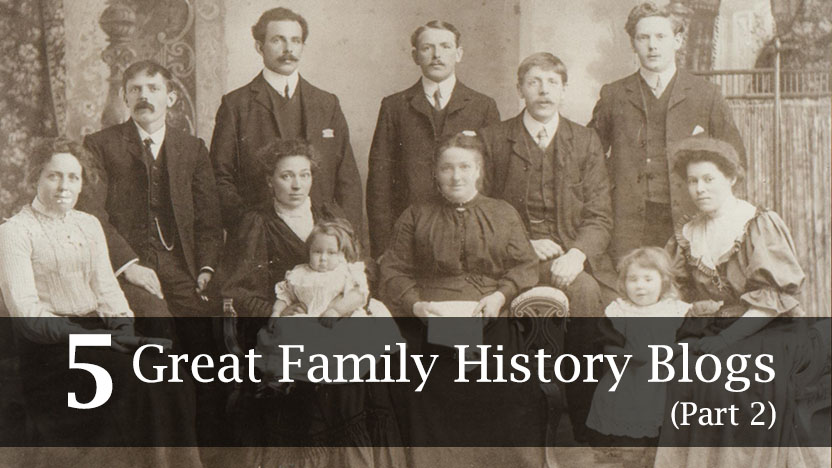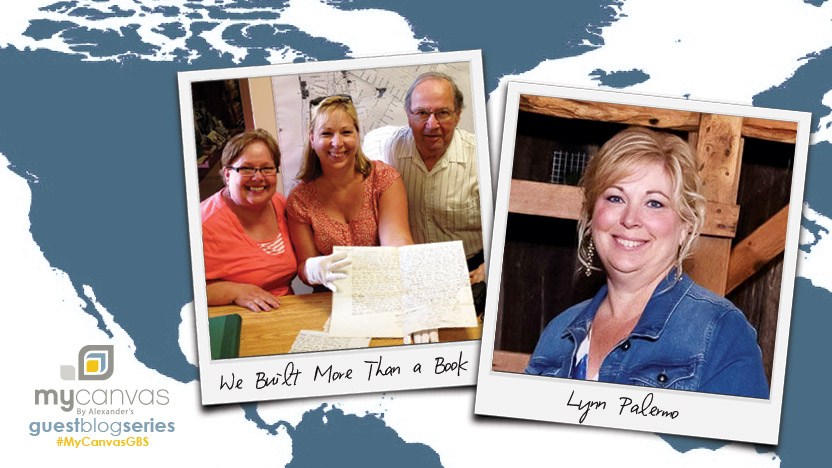When just beginning the genealogy journey, there are common pitfalls new genealogist need to watch out for. However, there are mistakes that can catch even pro genealogists unless they are careful. Are you making any of these surprising genealogy mistakes in your family history research?
Abbreviations with Multiple Meanings
Record keeping has changed through time, and changes even from location to location. Consequently, not all abbreviations, even if they look the same, mean the same thing. Genealogist Mary Harrell-Sesniak gives this example, “‘NA’ might indicate non applicable, naturalized, Native American or even Navy.” Double check the meaning of the abbreviations in your family tree for potential ways to learn more (and more accurately!) about relatives.
Double Check Dates for Transitions
Dates are a particularly powerful way to learn more about family history, but if input incorrectly, they can become a stumbling block instead. When typing in dates, double check to ensure that the numbers are all in the correct order before saving. Additionally, be aware of those transpositions, or out-of-order numbers, when adding information to your family tree. Signs of a transition can be a child born before or after the mother’s child bearing years, or dates of military men not falling in line with the actual dates of the war.
Alternate Spellings and Spelling Errors
Misspelled names are more common than you might think. Researcher Brian Gallagher notes, “Our ancestors, and indeed those people who entered information on our ancestor’s behalf, were not infallible. Mistakes in the recording of your family name may have created the family name you know today. Callaghan could be Callan, Dillane could be Dillon, Smith could be Smyth etc. Search for phonetic variations of your surname and use an asterisk to return more results. For example, searching (John*) will return results for John, Johnson etc.” Or, if you expect only one letter alters in your family name, such as in Smith, you can search alternative letters by inserting a question mark (Sm?th).
Same Name, Different People
Don’t always assume, however, that different spellings of similar names (or even the same spellings of same names!) are the exact same people. Genealogist Linda Eccles shares her experience of “Right Name, Wrong Body Syndrome” where it turned out that one Elizabeth Pott and another Elizabeth Potts were both in her family tree, but not the same person. Cut back on mistakes by checking sources and dates.
Also, be sure to keep an eye on those sons named after their fathers and grandfathers to avoid accidentally skipping a generation in your family history.
Watch Your Widows
Turns out, just because someone claims to be a widow or widower, even on official records, it isn’t always the case. Mary Harrell-Sesniak points out, “In the event of a divorce, separation or bigamy, a spouse might be recorded as widowed on an official record. This may be to handle a delicate issue, or simply to accommodate a census form that didn’t have other options.” Therefore, keep an eye out for those widows and widowers and their missing spouses who may be alive and well under their original, or new married name.
Assuming Missing Information is False Information
Genealogists are commonly warned that family legends and oral histories can be mere fables, and that without records, they shouldn’t be considered facts. However, just because you can’t find information to support a claim doesn’t necessarily make it false either. Records could have been lost or destroyed in fires or other accidents and disasters. If you can’t find one type of record you need to support your family’s legends, try looking at other resources, such as newspaper articles, family letters, or even cookbooks! Having a hard time finding resources? Learn how to properly record oral histories.
Merging Records Incorrectly
If you record your family history using the aid of online trees such as Ancestry, keep an eye on when you merge information in your family tree. First, review the information to make sure it is correct. Second, decide whether the presented information is more comprehensive than what you’ve already recorded on your family tree. You don’t want to accidentally save over more comprehensive information that you already have in your family tree! Looking for more ways to identify and resolve mistakes in family history? The Barefoot genealogy shares her experiences in this video, as well as tips on how to avoid making common mistakes in your family tree.
How do you recognize mistakes in your family tree?




